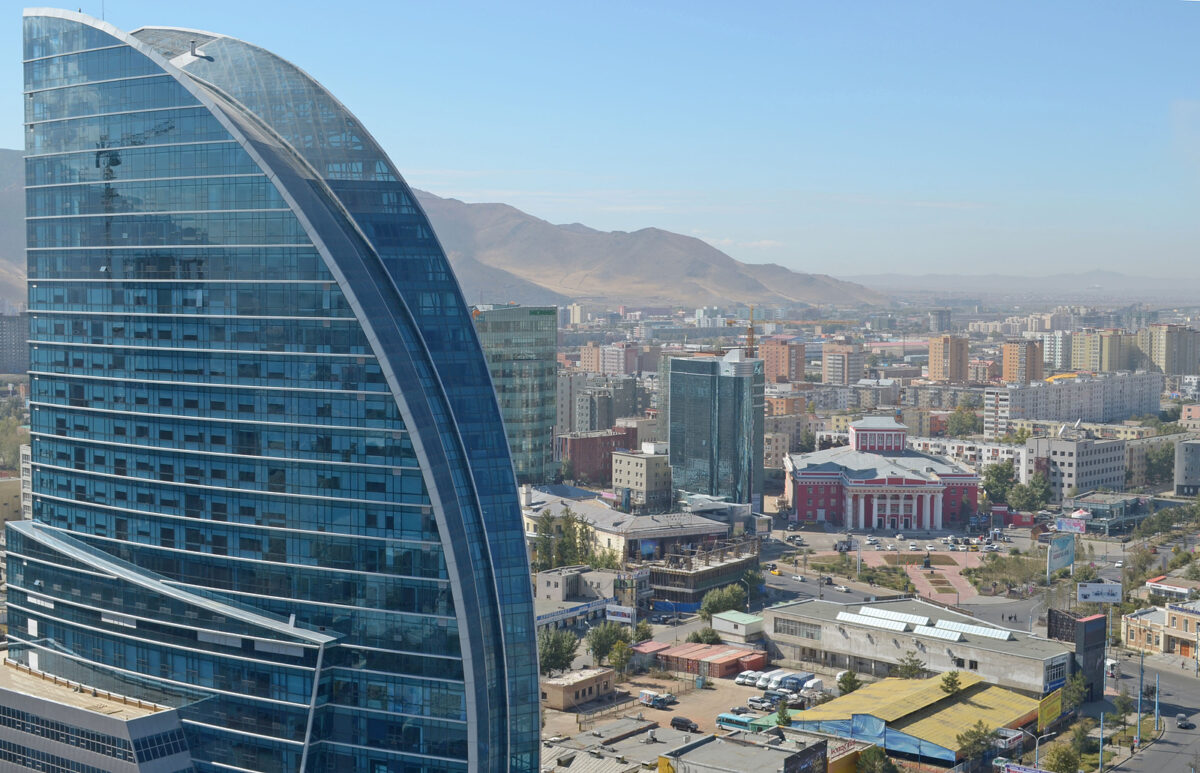Stereotypes abound when discussing Mongolia, not least its nomadic herding culture and vast steppe landscapes.
However, this resource-rich nation is currently undergoing a significant transformation. Its journey toward diversification, technological advancement, and sustainable growth reflects the aspirations of a society balancing deep-rooted cultural identity with the pressures—and, indeed, ambitions—of globalisation.
Mining-driven economic growth since 2023 has lifted the country to upper-middle income status. Mongolia’s economy is further projected to grow by 5.3 per cent in 2024 and 6.5 per cent in 2025, amid ongoing robust mining production and domestic demand, according to the World Bank’s latest semi-annual Mongolia Economic Update.
Economic growth held steady at 5.7 per cent year-on-year in the first half of 2024, with recent high-frequency data indicating continued momentum into the third quarter.
The strong performance is attributed largely to a sustained surge in mining and transportation services, despite contraction in the agriculture sector caused by harsh climate conditions.
Domestic demand was a key driver of growth, but is putting pressure on the balance of payments as imports outpace revenues from commodity exports.
The medium-term growth outlook remains positive, at six per cent over 2026–27. After a surge in output from the Oyu Tolgoi gold and copper mine in 2025, mining output is projected to moderate, with growth increasingly driven by other sectors, including trade and other services, and agriculture. Nevertheless, the mining industry remains the cornerstone of Mongolia’s economy, contributing approximately 21.8 per cent to the GDP.
Increased public consumption and investments under the government’s four-year action plan are also expected to accelerate the growth.
Challenges
Mongolia’s transformation, however, is not without its complexities. As the country harnesses its natural wealth and embraces digitalisation, it faces the dual challenges of economic dependency and environmental vulnerability.
Geopolitically, Mongolia’s position as a relatively stable democracy wedged between two authoritarian giants—China and Russia—adds another layer of intricacy to its narrative.
Indeed, the economic outlook faces several downside risks. Greater-than-expected fiscal spending could elevate inflationary pressures and widen fiscal and current account deficits.
Climate change heightens the risk of more frequent and severe natural disasters, posing significant economic risks for Mongolia, especially for poor and vulnerable households. Harsh climatic conditions, such as the severe winter of 2023–24, known as ‘dzud’, led to the death of over 6.9 million livestock, severely affecting the agricultural sector and nomadic herders.
Slower-than-expected global growth meanwhile could weaken external demand and reduce prices for key export commodities. Escalating geopolitical tensions could drive up fuel prices, resulting in higher imported inflation, increased production costs, and a larger import bill.
“While Mongolia’s ongoing mineral export boom is delivering positive macro-fiscal outcomes for the second consecutive year, maintaining these gains will require prudent macroeconomic management,” says World Bank Country Manager for Mongolia Taehyun Lee.
“The continued reliance on mining leaves Mongolia vulnerable to external shocks and structural reforms to diversify the economy and increase its resilience remain important.”
In recent years, Mongolia has prioritised digital transformation to diversify its economy beyond mining. The establishment of the Ministry of Digital Development and Communications in 2022 marked a significant step towards building a ‘digital nation’.
The government has implemented laws on personal information protection, cybersecurity, and digital signatures, creating a robust legal framework for digital advancement. 
With some help from e-government pioneer Estonia, an ‘e-Mongolia’ initiative exemplifies this digital shift, offering over 800 public services online, thereby enhancing government transparency and efficiency.
By January 2024, internet penetration in Mongolia reached 83.9 per cent, with 2.91 million users, indicating a substantial digital user base.
The IT sector: Crucial for diversification
In 2024, the IT services market is projected to generate revenues of approximately 124.20 million US dollars, with an anticipated annual growth rate of 5.08 per cent from 2024 to 2029, reaching USD 159.20 million by 2029, according to Statista.
The software segment is also experiencing significant expansion, with revenues expected to hit 214.20 million US dollars in 2024. This sector is forecast to grow at an annual rate of 8.62 per cent between 2024 and 2029, culminating in a market volume of 323.80 million US dollars by 2029.
A vibrant start-up ecosystem is at the heart of Mongolia’s IT sector, fostering innovation and technological advancement. Notable start-ups include Chimege, specialising in automatic speech recognition and natural voice synthesis for low-resource languages.
Chimege focuses on the Altaic language family, including Mongolian, Kazakh, and Kyrgyz. Their technology enhances communication and digital content accessibility for speakers of these languages.
Then there’s World Plus, which offers an interactive global magazine experience across all devices. World Plus serves as a dynamic digital newsstand, providing a diverse range of publications to keep users informed about global news and trends.
Anduud Lab meanwhile is a software development company dedicated to creating AI-driven platforms that empower small and medium-sized enterprises (SMEs) in their digital transformation journeys, enhancing efficiency and operational effectiveness.
Bolstered by these innovative start-ups and supportive government policies, Mongolia’s IT sector is clearly on an upward, if gentle, curve.
Continued investment in talent development and infrastructure will be key to sustaining this growth and ensuring the sector’s long-term success, and to fully diversifying the economy away from mining and agriculture.
FDI
Foreign investment could also help. Currently, however, there are barriers to entry: notably foreign investors must invest a minimum of 100,000 US dollars—not an issue for large firms, but a huge amount for start-ups—to establish a venture. In contrast, Mongolian investors face no investment minimums, according to the US department of State.
Second, only Mongolian adult citizens may own real estate in the form of land. Additionally, while foreign investors may obtain use rights for the underlying land, these rights last for five years with a one-time, five-year renewal. The government imposes no such restriction on its nationals.
There is some positive development, however. Mongolia offers a ‘One-Stop-Shop’ for investors, which provides investors with services related to visas, taxation, notarisation, and business registration.
Mongolia’s Ministry of Economy and Development, responsible for FDI promotion, has also created a new foreign investment and foreign trade support entity, Invest Mongolia.
Mongolia foreign direct investment for 2023 was 2.25 billion US dollars, a 10.25 per cent decline from 2022, according to Macrotrends—around 11 per cent of total GDP.







